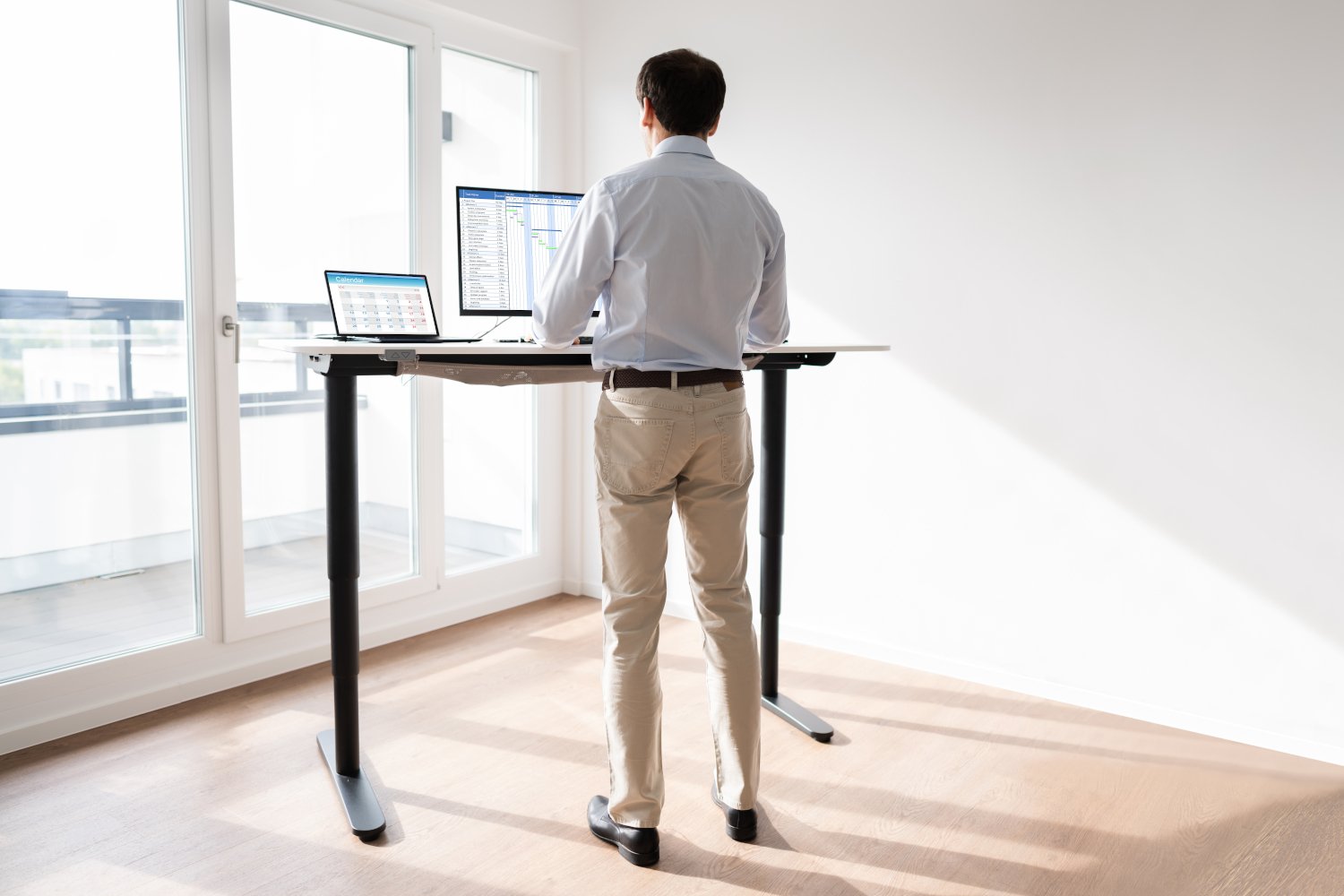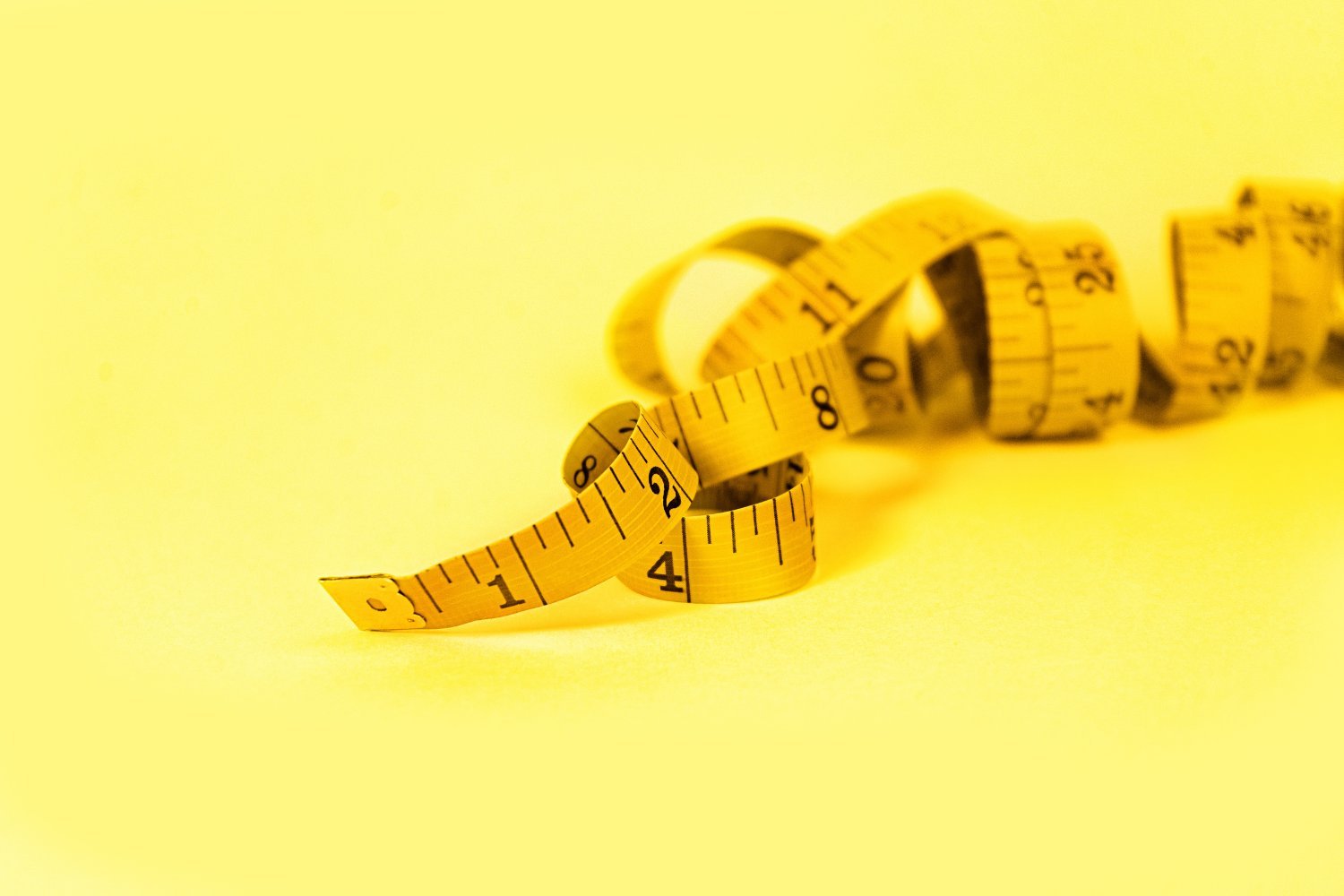The global standing desk market is booming, predicted to reach US$12.6 billion by 2032. These desks have been touted as a solution to the health risks of prolonged sitting. However, emerging research suggests standing desks may not be the panacea many believe.
A recent Australian study of over 83,000 participants indicates that prolonged standing may not improve cardiovascular health and could even elevate the risk of certain circulatory issues. Researchers found that extended standing didn’t lower the risk of heart disease or stroke. Surprisingly, both excessive sitting and standing were linked to a higher risk of problems like varicose veins and orthostatic hypotension (dizziness upon standing).
The Sitting vs. Standing Debate
The phrase “sitting is the new smoking” gained traction over the past decade, emphasizing the dangers of sedentary behavior. Prolonged sitting has been associated with obesity, diabetes, and cardiovascular diseases. Standing desks emerged as a popular response, offering a way to reduce sitting time within existing routines.
 Person using a standing desk
Person using a standing desk
But was the initial enthusiasm for standing desks justified by robust scientific evidence? Much of it stemmed from smaller studies lacking comprehensive long-term health assessments. This knowledge gap prompted further research.
New Research Challenges Assumptions
In the new study, participants wore devices tracking their sitting, standing, and physical activity over several years. This objective measurement provided reliable data, minimizing inaccuracies common in self-reported information. The researchers discovered that sitting for over ten hours daily correlated with an increased risk of heart disease and stroke.
However, simply increasing standing time didn’t mitigate this risk. Instead, prolonged standing was associated with a higher risk of circulatory problems. Extended standing can cause blood to pool in the legs, potentially leading to conditions like varicose veins.
The study’s substantial sample size and objective data collection enhance the credibility of its findings. However, being observational, it cannot definitively establish causality. The average participant age of 61 also limits the generalizability of the results to younger populations.
The Importance of Movement
These findings suggest that merely swapping sitting for standing isn’t ideal. Our bodies thrive on regular movement, not static postures, whether sitting or standing. Integrating short walks, stretches, or light exercises throughout the day can interrupt prolonged inactivity and offer substantial health benefits.
Workplace interventions promoting movement have shown promise. Studies reveal that office workers who reduced sitting time by incorporating standing and light activity experienced improvements in blood sugar levels and other health markers. Another study indicated that alternating between sitting and standing, coupled with short walks, was more effective than standing alone.
Sit-Stand Desks and Active Breaks
Sit-stand desks, designed to facilitate easy posture adjustments, provide a potential solution. They encourage frequent posture changes and can alleviate discomfort from prolonged static postures. Some models even incorporate movement reminders, integrating activity into the workday.
Increasing physical activity doesn’t require complex interventions. Simple actions like taking the stairs, walking to a colleague instead of emailing, or standing during phone calls can contribute. Setting a timer for movement breaks every 30 minutes can disrupt extended sitting or standing.
Finding the Right Balance
Movement is crucial. Standing all day isn’t inherently superior to sitting—both have downsides when excessive. Prioritizing regular physical activity and varying postures is key to addressing the health challenges of sedentary lifestyles. Small changes, like short active breaks or incorporating stretching, can make a significant difference.
While standing desks offer an alternative to prolonged sitting, they are not a complete solution. Embracing a more active lifestyle, both at work and outside, is likely to yield the greatest health benefits. The focus should be on moving more and sitting less, not just choosing between standing or sitting.











